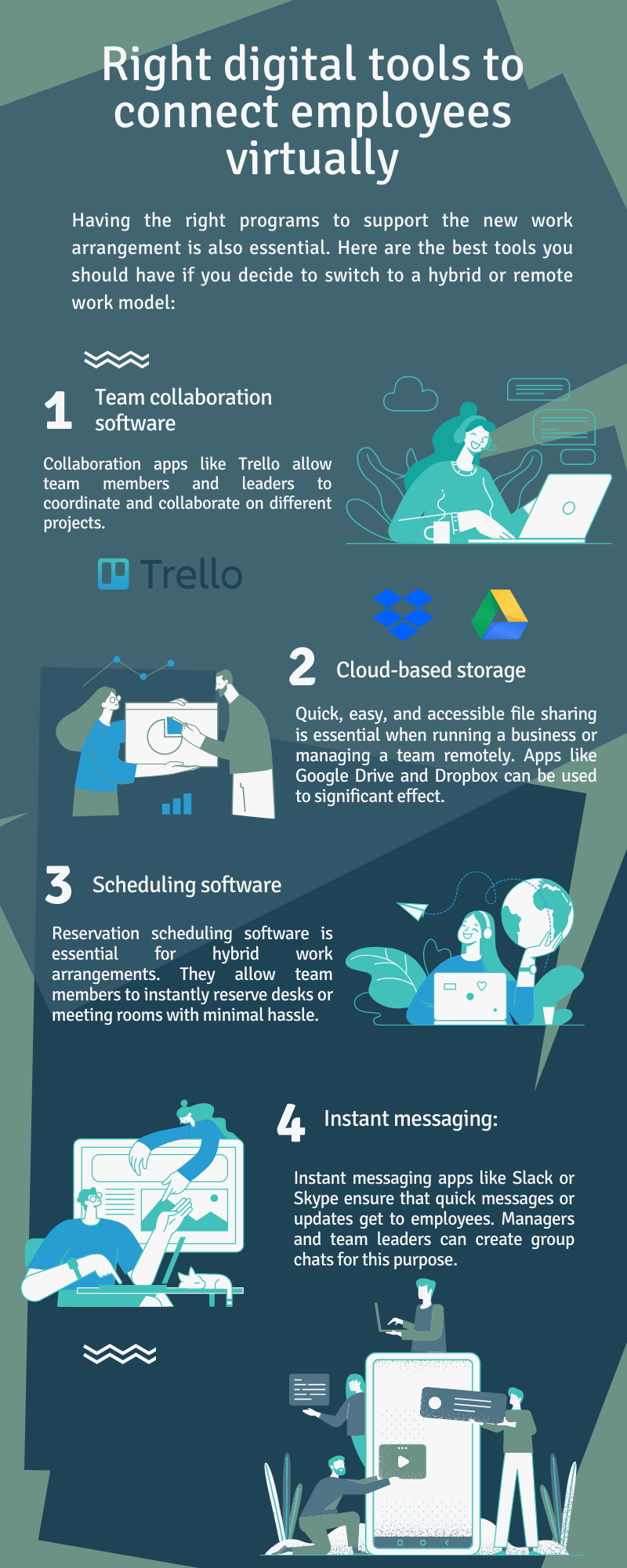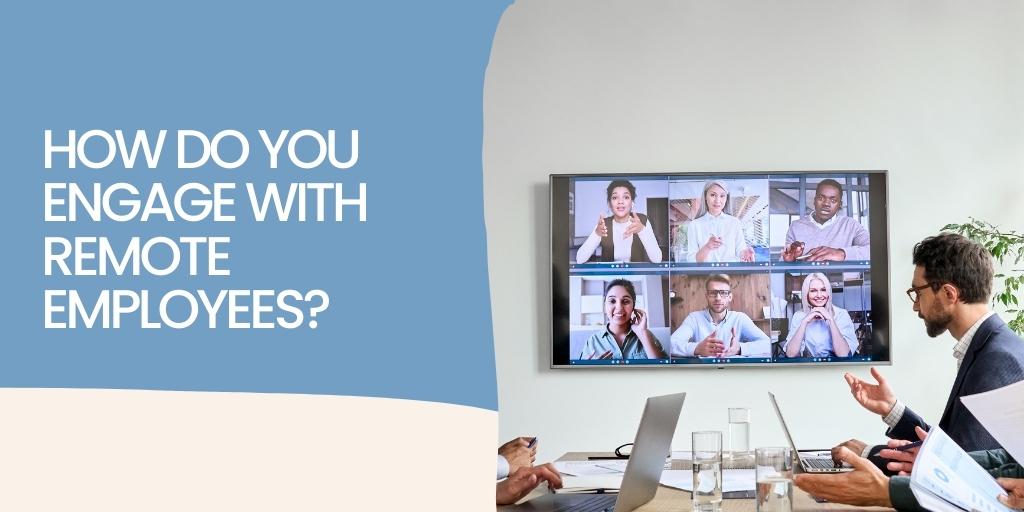Blog
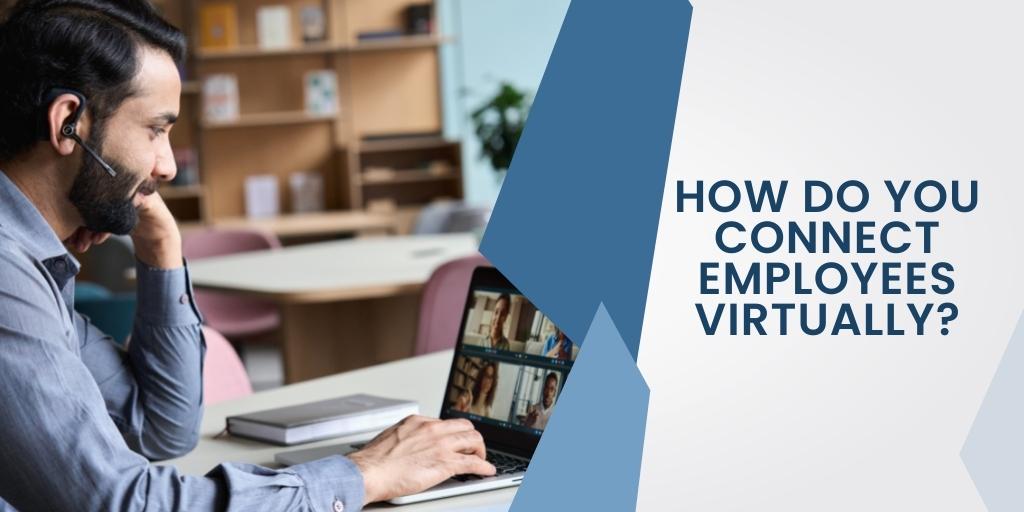
How Do You Connect Employees Virtually?
Remote working, or teleworking, is not new. Many companies and offices have tried it successfully, but it was often considered a novel idea until the recent pandemic paved the way to its wide acceptance. Today, many workers want to continue working remotely, either part-time or full-time.
However, while remote working is essentially working in any location outside the office, offices aren’t going away anytime soon.
It’s more common to find employees spend a few days in the office and the rest at home. Many work set-ups support hybrid and remote shifts and tools like flexible scheduling software.
Remote/Hybrid Work and why it Matters
Remote work is here to stay. Companies of all sizes have many things to gain from shifting to remote work or hybrid work. These advantages include giving workers a better work-life balance, encouraging increased productivity, and allowing offices to be more flexible.
Additionally, remote work provides a much-needed incentive to adopt digital tools. These tools range from hardware like meeting room display systems to software like scheduling apps and programs.
How Do You Connect Employees Virtually?
While there are many perks to remote or hybrid work, organizations do need to change their current work arrangements.
It also calls for a different kind of upkeep. When team members work from their homes or remotely, they tend to feel less connected between each other and the company. The result can lead to decreased company morale and overall productivity.
When it comes to connecting employees, it’s essential to do the following:
Keep communication open
Communication is vital to daily business operations, from task management to room scheduling. It’s also the most important way for you to keep your team connected, virtually or otherwise.
Regular check-in meetings for team members may seem small, but they go a long way. It also feeds into company culture: employees who can voice concerns freely tend to feel more connected.
- Provide regular feedback
Consistent feedback is another factor that can make or break a remote or hybrid work arrangement. Employees need to know how they’re doing and how they can improve or grow their skill set within the company.
Peer-to-peer feedback is also a great way to make remote employees feel motivated. It may seem awkward initially, but practice and regular reminders go a long way.
- Use the right digital tools
- Having the right programs to support the new work arrangement is also essential. Here are the best tools you should have if you decide to switch to a hybrid or remote work model:
- Team collaboration software – Collaboration apps like Trello allow team members and leaders to coordinate and collaborate on different projects.
- Cloud-based storage: Quick, easy, and accessible file sharing is essential when running a business or managing a team remotely. Apps like Google Drive and Dropbox can be used to significant effect.
- Scheduling software: Reservation scheduling software is essential for hybrid work arrangements. They allow team members to instantly reserve desks or meeting rooms with minimal hassle.
- Instant messaging: Instant messaging apps like Slack or Skype ensure that quick messages or updates get to employees. Managers and team leaders can create group chats for this purpose.
- Celebrate your team
Keeping remote workers connected often boils down to thall details and gestures. For example, a quick message of praise when a team member does a great job can go a long way.
Encouraging employees to celebrate each other also keeps them connected and boosts productivity. Not only does everyone get to shine, but they’re more likely to stick around.
How Do You Engage with Remote Employees?
While connecting and engaging with remote employees sound similar, they have their differences.
It’s not enough to keep workers in touch with one another. Employers also need to keep workers engaged for many reasons; aside from keeping them updated on progress and tasks, making them feel like they belong is essential.
To better engage your remote employees, be sure to remember the following:
- Define your goals
Employers have to set clear and measurable goals for employees. While remote teams tend to complete their tasks faster, they still need set objectives.
Actionable goals lead to precise tasks, which are easier to break down. These are also achieved more easily with the right software to smooth out processes like an appointment or room scheduling.
- Put relevant information at the forefront.
Information should find employees, not the other way around. Notifying employees of updates, meeting schedules, or additional relevant information is key to open and honest communication.
The good news is that you don’t have to do it manually regarding hybrid or remote work arrangements. Many tools in the market, including programs like call center performance management software, offer automatic notifications as a key feature.
- Train your managers
Aside from training managers on conference room analytics for optimal performance, they should update their skills to support remote teams. With the former, managers must set aside enough time to cover everything employees might bring up.
It’s also important to brush up on using suitable mediums for conversation:
- Emails are great for short, one-on-one interactions with a specific discussion. However, they tend to be a little formal, and the tone isn’t always easy to pick up in the text.
- Phone calls are great since people aren’t always available to respond to emails or instant messaging. Additionally, they are ideal for long, detailed conversations.
- Instant messaging: Chat works best for general news, group chat, and water cooler conversations.
- Video conferencing – Longer talks, especially with more people, go best with video conferencing. It’s an excellent medium for gauging facial expressions, gestures, and body language.
How Reservation Booking Software Can Connect Remote Employees and Transform Your Business
Many tasks around the office, like workplace and equipment reservation, can be automated with the right software programs. Room reservation system is one such tool that can benefit both in-office and remote workers.
Here is how room booking solutions software can connect remote employees:
- Workstations and meeting room reservations have minimized schedule overlap
Meeting room displays are primarily signage for large screens. Icon indicators on that display screen show which areas and equipment are currently reserved and which ones are available.
Reservation software doesn’t just limit meeting room displays to large screens in the office. Since it’s a web-based tool, the availability indicators are also accessible for desktop and mobile users.
- Team members can coordinate and work together more efficiently.
Flexible scheduling software offers the benefit of automating the process of room or desk reservations. They can show which work areas are available, allowing whole teams to work together in the same room when needed.
After a specific area is reserved, the software updates in real time and reflects on other users’ accounts. Thanks to the software’s third-party integration capabilities, team members can also be notified of reservations.
- Reduced double-booking and no-shows
Double bookings and no-shows can slow down critical meetings, especially when team members need to collaborate on tasks and projects.
Fortunately, these instances are minimized with the right applications. Reservation scheduling software can be set to automatically clear reservations if no team member shows up at the specified time.
As a result, employees needing a meeting room after abrupt changes to their schedule can immediately reserve one. Additionally, this incentivizes users to show up on time or earlier.



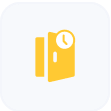

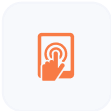
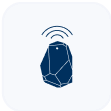
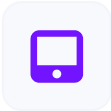




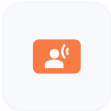


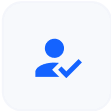



































 Support
Support  Demo
Demo  Blog
Blog 